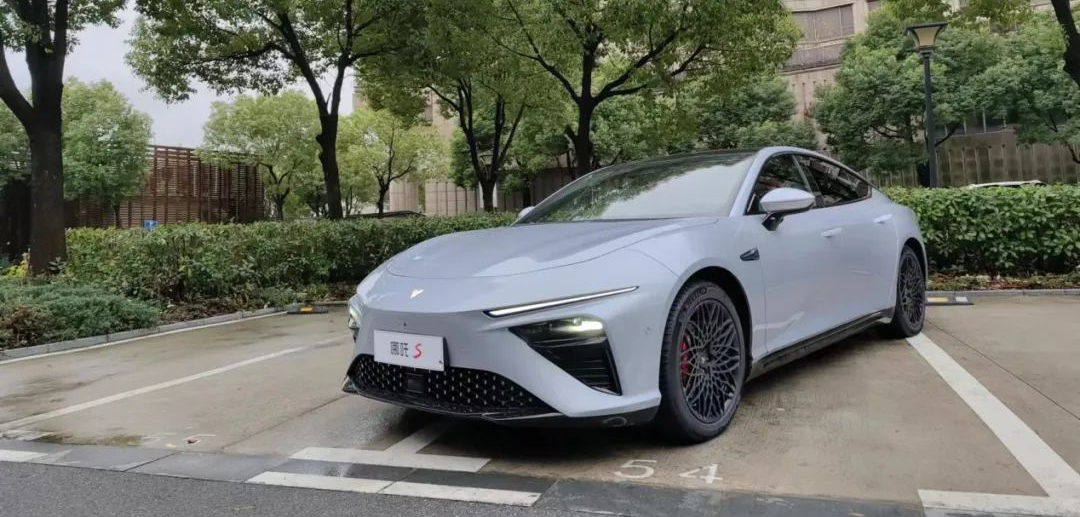Delivery of the Pure Electric Version of the NIO ES8 Finally Begins
Author: Qian Jialing
We’ve been waiting and waiting, and now the pure electric version of the NIO ES8 is finally being delivered! Last August, we looked at the NIO ES8 1160 extended range engineering model, and yesterday, I went to experience the new pure electric version myself. I must say, the experience was quite profound.
Let’s take a look at the comparison between the NIO ES8 Pure Electric 650 4WD Deluxe Edition and its competitors:

Based on the table, in a similar price range, the NIO ES8 still maintains its brand philosophy of high value for cost.
Besides the shock, the driving experience is awesome!
This time, I experienced the NIO ES8 pure electric 715 4WD Deluxe Edition, which is the top-of-the-line version. You know, the biggest selling point of the NIO ES8 is its race-track-level chassis. With a low center of gravity of 470mm, a 50:50 golden axle load ratio, a drag coefficient of 0.216, and independent suspension of front double-wishbone and rear five-link, it sounds pretty impressive, doesn’t it?
After experiencing it in person, I was stunned. Regardless of turns or high speed, the entire chassis remains extremely stable, and you can feel the overall quality through the steering wheel. Paired with its aesthetically pleasing appearance, it drives very cool!

Compared to other models, the throttle response of the NIO ES8 remains relatively linear in different driving modes, and the brake reaction is more aggressive, which is somewhat similar to traditional internal combustion engine models.
However, even though the brakes are strong, there’s no severe “nodding” effect, and when applying the brakes at medium and high speeds, passengers in the front and back can feel the car significantly slow down after a slight pause, which can have a small impact on the passenger experience.
Additionally, when driving on the highway, passengers in the back noted that there was a large amount of wind noise coming from the C-pillar area, indicating a potential issue with wind leakage. This is also one aspect that newcomers to NEV models may worry about. The consistency of manufacturing and processing still needs to be improved.Due to the fact that the assisted driving function of NETA S has not been pushed yet, we didn’t get to experience it this time. However, Bruling found out that the NNP and other assisted driving functions of NETA S support voice activation!
Moreover, when the vehicle recognizes that users are driving on highways or city expressways, the central screen will automatically pop up a function card asking whether to turn on the assisted driving function. This reduces the learning cost for users, and even those who are not familiar with assisted driving can actively choose this function. It’s really a thoughtful design!
No physical buttons can really lead to bugs!
Let’s take a look at Bruling’s experience with the intelligent cockpit of NETA S during the driving process. To be honest, there were some disappointments in some details.
The interior part has improved a lot compared to what we saw in August! NETA S chooses lively orange and gray-black colors, which perfectly matches the young and sporty label of NETA S. The inner ring of the steering wheel is also decorated with orange, which echoes with the overall interior.
The center console, door trim, and other parts inside the car are all covered with suede, and the gray-black part is also made of soft plastic with lychee texture. The overall texture is quite strong.
Bruling thinks that the most remarkable part of the entire center console is the instrument screen. Previously, I liked the hidden strip instrument screen of Aiways U6 very much, which had enough simple information, large fonts, and a retro style!
NETA S also uses a hidden strip instrument screen, which is not as narrow as Aiways U6’s and not so retro. It gives people a feeling of integration of technology and retro, which is perhaps more acceptable to the public.The UI design of the instrument panel is also amazing. The font presentation is somewhat similar to that on an electronic watch, with a size that Blink likes, and the layout of information is also very intuitive. And more importantly, who doesn’t want to see a meteor shower anytime and anywhere!
In addition, since the DMS camera is installed on the A-pillar, the upper half of the steering wheel has also been enlarged, so the user’s line of sight when viewing the instrument panel will not be completely obstructed. However, perhaps considering that many users of NETA S are female, the grip of the steering wheel is thinner overall and could be fuller.
Of course, NETA S is not only stunning with its instrument panel, but also with its AR-HUD performance. Based on the DMS camera, automatic calibration of the user’s line of sight position is still very accurate, and it can also be manually adjusted in the central control screen. However, it is rarely used as a backup solution.
The AR-HUD of NETA S uses the currently mature DLP imaging technology on the market, and can be viewed even while wearing sunglasses. Although according to standards, the 7-meter projection distance with a 49-inch projection screen is somewhat small, the image display is very clear and will not disturb the user’s line of sight. It responds very quickly and smoothly to reality.
When NETA S was first released, the promotion of almost no physical buttons for the entire car was so strong that there were numerous bugs when using it in practice. Not to mention adjusting the rearview mirror of the seats on the center display screen, the rear tailgate can only be opened through voice interaction on the central control screen or by using the shortcut key on the drop-down negative screen.
If you are not the owner of the car and find something in the rear tailgate after getting off the car, you have to re-enter the car to open it through the above methods, which is really inconvenient. NETA also said that physical buttons for seat adjustments and rear tailgates will be added later.
In addition, even the touch-sensitive button that controls all the car windows requires learning costs, which is a bit too much. Controlling the rear windows also requires switching through buttons, which personally feels a bit blindly intelligent. At least Blink found that she couldn’t open the car window successfully while driving and had to call the voice assistant for help.“`
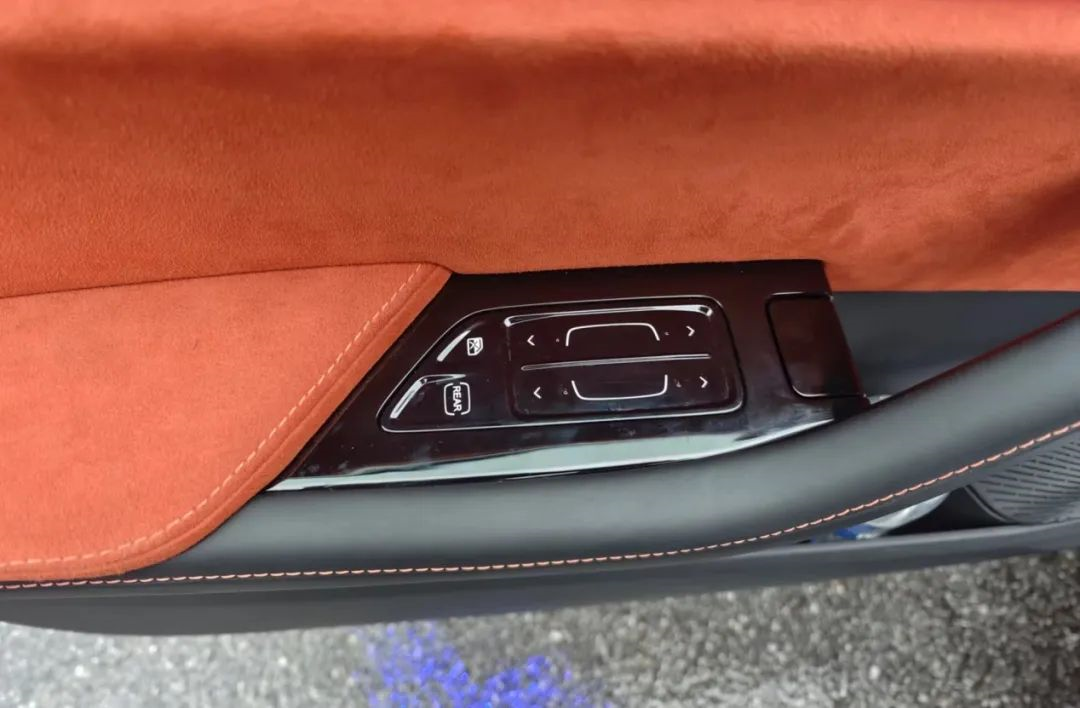
The audio-visual interaction of the smart cockpit is great!
It’s clear that the voice assistant on Naza S is a real helper. Developed jointly by Naza and ByteDance, the voice assistant’s voice is more natural than the others, and it supports continuous conversation plus has a good response speed.
In addition, the main control screen interface supports voice commands, although it seems a bit stiff in terms of the rendered 3D car model. If it can’t control the corresponding part of the function, even if the model is finely crafted, it seems to have little use. Therefore, it is recommended that the visible and clickable function be added.
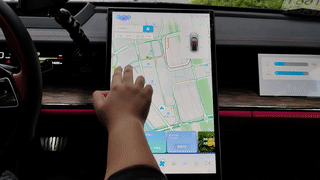
In addition, the location of the seat adjustment button on the main control screen interface is not very reasonable, in contrast to general new power models that symmetrically place them on both sides of the center control screen dock bar. Instead, the Naza S chose a solitary placement close to the copilot seat position, which is still inconvenient for the driver to use.
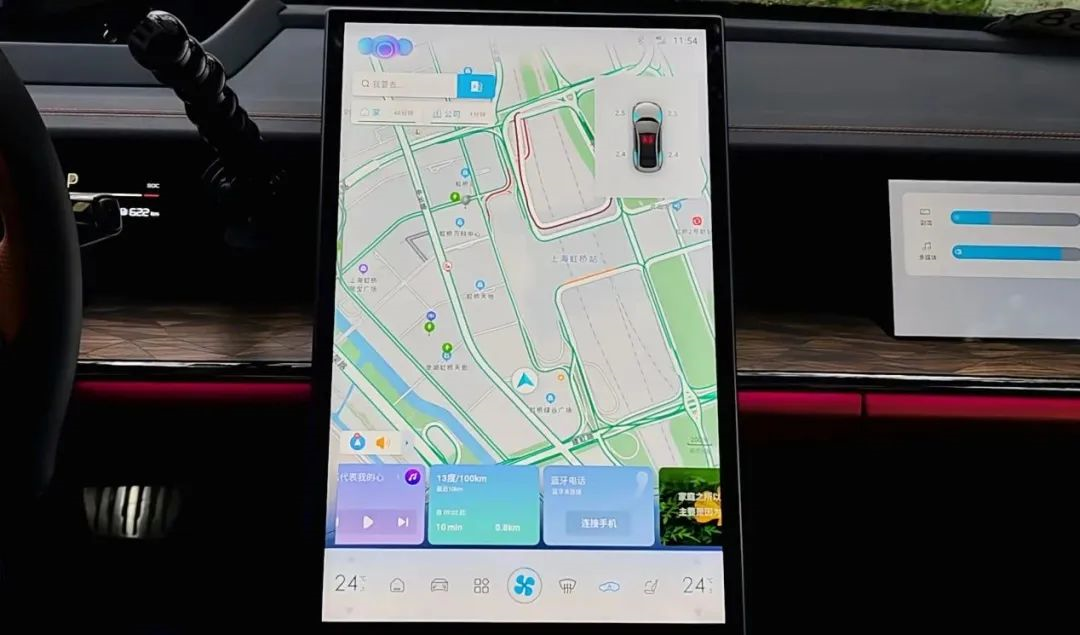
The software ecosystem in the main control screen interface is quite rich. Audio and visual software including QQ music, Himalayan FM, Douyin, Tencent Video, and Watermelon Video have been introduced, which can meet the needs of most users. In addition, interactivity has been increased through gesture recognition, such as a thumbs-up to select a song, or a hush gesture to mute the entire vehicle.
The layout of the functions on the co-pilot screen is relatively simple and reasonable, without fully replicating the central control screen. It has a function that reminds Bling of the “Co-pilot Navigation” function on the FEIFAN R7, which is the just-needed application scenario of inputting the destination and putting it on the central control screen with one click, which is more convenient and safe for the co-pilot to choose navigation in case of situations where the destination needs to be changed during driving.
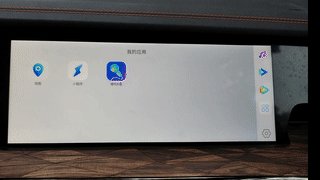
Another similarity between the co-pilot screen and FEIFAN R7 is that it supports co-pilot users to connect Bluetooth headphones to watch videos or listen to music, which is also great and can take care of the mood and feelings of other users in the car.
Speaking of listening to music, Bling cannot do without it while driving! The NAZAs S is equipped with 21 speakers, with a 7.1.4 sound field, and the “Sky Sound” experience is very enjoyable. Based on the headrest speakers of the driver and co-pilot, sound adjustment in different areas can also be achieved.

In conclusion
Overall, there are more things that Bling likes about the NAZAs S than he can criticize, and NAZAs has been making corresponding adjustments and optimizations based on user feedback.
Previously, NAZAs U and V focused on cost-effectiveness. Although NAZAs S is NAZAs’ first attempt in the mid-to-high-end new energy vehicle market, Bling still has high expectations for it! After all, the appearance is really cool, the driving control is well done, and the high-frequency audio-visual interaction is indeed full of fun!
This article is a translation by ChatGPT of a Chinese report from 42HOW. If you have any questions about it, please email bd@42how.com.
